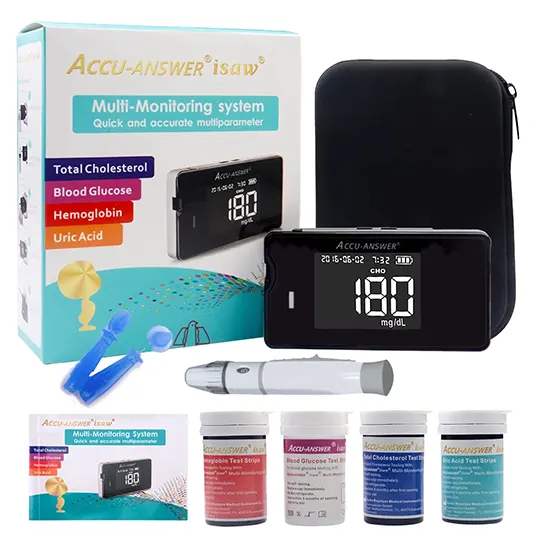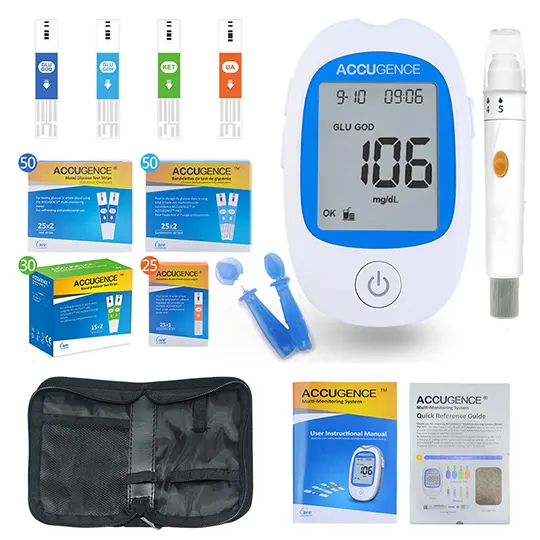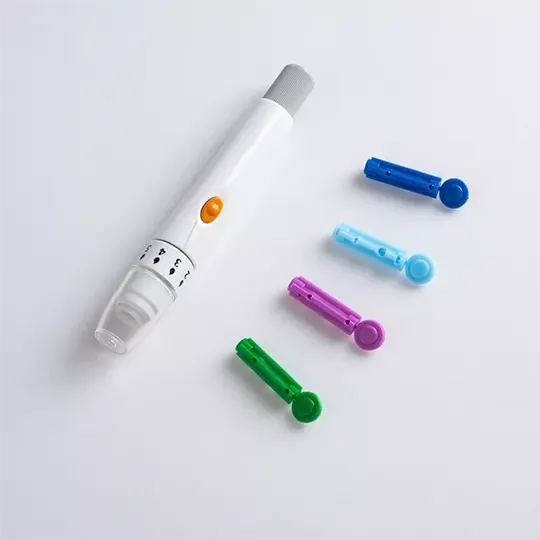Robitussin Chesty Cough Medicine
Active ingredient: guaifenesin
- 1. Name of the medicinal product
- 2. Qualitative and quantitative composition
- 3. Pharmaceutical form
- 4. Clinical particulars
- 4.1 Therapeutic indications
- 4.2 Posology and method of administration
- 4.3 Contraindications
- 4.4 Special warnings and precautions for use
- 4.5 Interaction with other medicinal products and other forms of interaction
- 4.6 Pregnancy and lactation
- 4.7 Effects on ability to drive and use machines
- 4.8 Undesirable effects
- 4.9 Overdose
- 5. Pharmacological properties
- 5.1 Pharmacodynamic properties
- 5.2 Pharmacokinetic properties
- 5.3 Preclinical safety data
- 6. Pharmaceutical particulars
- 6.1 List of excipients
- 6.2 Incompatibilities
- 6.3 Shelf life
- 6.4 Special precautions for storage
- 6.5 Nature and contents of container
- 6.6 Special precautions for disposal and other handling
- 7. Marketing authorisation holder
- 8. Marketing authorisation number(s)
- 9. Date of first authorisation/renewal of the authorisation
- 10. Date of revision of the text
1. Name of the medicinal product
Robitussin Chesty Cough Medicine
2. Qualitative and quantitative composition
Active Ingredient:
Guaifenesin Ph Eur 100mg per 5ml
For full list of excipients see section 6.1
3. Pharmaceutical form
A deep wine-russet coloured oral solution with a raspberry odour and taste.
4. Clinical particulars
4.1 Therapeutic indications
Expectorant for the treatment of coughs.
4.2 Posology and method of administration
Oral administration.
Adults, the elderly and children over 12 years: One 10ml measure up to four times daily.
Children under12 years: Do not use.
4.3 Contraindications
Hypersensitivity to any of the constituents.
Use in children under 12 years.
.
4.4 Special warnings and precautions for use
Causes of chronic cough should be excluded if symptoms are persistent. Any accompanying symptoms should be actively sought and appropriately
investigated/treated. Stop use and ask a healthcare professional if your cough lasts more than 7 days, comes back or is accompanied by a fever, rash, or persistent headache.
Keep out of the sight and reach of children.
Do not exceed recommended dose.
Excipient warnings:
- Patients with rare hereditary problems of fructose intolerance should not take this medicine because this product contains Sorbitol and Maltitol.
- This medicinal product contains 2.7% v/v ethanol (alcohol), up to 214 mg per dose, (equivalent to approx 2 ml wine per dose). Harmful for those suffering from alcoholism. To be taken into account in pregnant or breast-feeding women and high-risk groups such as patients with liver disease, or epilepsy.
4.5 Interaction with other medicinal products and other forms of interaction
None known.
4.6 Pregnancy and lactation
If pregnant or breastfeeding, consult a healthcare professional before use.
Although adequate and well-controlled studies in pregnant women have not been performed, the Collaborative Perinatal Project monitored 197 mother-child pairs exposed to guaifenesin during the first trimester. An increased occurrence of inguinal hernias was found in the neonates. However, congenital defects were not strongly associated with guaifenesin use during pregnancy in 2 large groups of mother-child pairs.
Breastfeeding
Guaifenesin is excreted in breast milk in small quantities.
Caution should therefore be exercised by balancing the potential benefit of treatment against any possible risks.
4.7 Effects on ability to drive and use machines
No or negligible influence.
4.8 Undesirable effects
The following side effects may be associated with the use of Guaifenesin:
Gastrointestinal Disorders
Nausea, vomiting
Immune System Disorders
Hypersensitivity reactions
Reporting of suspected adverse reactions
Reporting suspected adverse reactions after authorisation of the medicinal product is important. It allows continued monitoring of the benefit/risk balance of the medicinal product. Healthcare professionals are asked to report any suspected adverse reactions via the Yellow Card Scheme at: www.mhra.gov.uk/yellowcard.
4.9 Overdose
In case of overdose, discontinue use and seek professional assistance immediately.
Signs and Symptoms associated with an overdose of Guaifenesin:
Nausea and vomiting
Treatment:
Appropriate supportive therapy dependent upon individual response to the preparation.
5. Pharmacological properties
5.1 Pharmacodynamic properties
Guaifenesin has an expectorant action which increases the output of respiratory tract fluid by reducing adhesiveness and surface tension. The increased flow of less viscid secretions promotes ciliary action and facilitates the removal of mucus. This changes an unproductive cough to a cough that is more productive and less frequent.
Pharmacotherapeutic group: Expectorant
ATC code: RO5CAO3
5.2 Pharmacokinetic properties
Guaifenesin is well absorbed from the gastro intestinal tract following oral administration. Guaifenesin has a plasma half-life of approximately 1 hour. It is rapidly hydrolyzed (60% within seven hours) and then excreted in the urine, with beta-(2-methoxyphenoxy)-lactic acid as its major urinary metabolite
5.3 Preclinical safety data
No relevant information additional to that already contained elsewhere in the SPC.
6. Pharmaceutical particulars
6.1 List of excipients
Glycerol
Carmellose Sodium
Sodium Benzoate (E211)
Sodium Cyclamate
Ethanol (96%)
Levomenthol
Maltitol (E965)
Sorbitol Solution 70%
Natural Cherry Flavouring
Citric Acid Anhydrous
Caramel (E150)
Acesulfame Potassium
Purified Water
6.2 Incompatibilities
Not applicable
6.3 Shelf life
100ml bottles: 27 months
250ml bottles: 36 months.
6.4 Special precautions for storage
Do not store above 25°C.
Keep out of the sight and reach of children.
6.5 Nature and contents of container
PET bottles containing 100ml or 250ml with PET lined PP/HDPE screw caps.
A clear polypropylene measuring cap is also included.
6.6 Special precautions for disposal and other handling
No special requirements
7. Marketing authorisation holder
GlaxoSmithKline Consumer Healthcare (UK) Trading Limited,
Brentford,
TW8 9GS,
U.K.
8. Marketing authorisation number
PL 44673/0206
9. Date of first authorisation/renewal of the authorisation
1 September 1993
10. Date of revision of the text
October 2020




